The post Synology NAS – Transforming Your Workspace to be More Productive appeared first on Digital Photography School. It was authored by Sime.

Messy People Have More Creative And Productive Minds, Science Says
While science may well say this, I’ve got to admit after deciding that I had ‘no room to swing a cat’ with my stuff everywhere, that I’ve taken some time during this COVID-19 lock-in to plan and execute my office clean-up! Along with that office clean up, I’ve reorganized my external storage, my raw image archiving, and my general day-to-day workflow, and I wanted to share that process with you.

I’ve been using a large external ‘DAS’ for a good while – a raid array (external disk) with a Thunderbolt 3 connection. Without spending a shed-load of cash on a very expensive cable, I wasn’t able to get it a suitable distance away from my workspace.
So, all of those pretty glowing blue lights and the accompanying whir of drives had to be right beside me. Not necessarily a terrible thing – it’s a very well behaved Raid array – however, it wasn’t very quiet. And, it was kinda ugly in my new small, streamlined office.

I had the idea to ‘kill the clutter’ and switch to a complete NAS (Network Attached Storage) setup with a single direct attached drive at the back of my iMac. Then I tucked the second NAS away in my “server room” (a cupboard in the corner of my office with some powerpoints and a Cat6 patch panel).
This would move the big whirring, glowing drive out of my office space and tuck my main image archiving server away, out of sight.
I also added a second monitor to my setup, a stunning 27″ EIZO. I highly recommend checking them out! It’s very easy on the eye.

So I loaded six of my regular-flavor hard disks into the Synology DS1618, the 6tb WD Red disks – the same drives I have in all of my Synology NAS gear.
Setting the NAS up using Synology’s SHR (Synology Hybrid Raid) and splitting my data across the drives for some hardware failure redundancy, is a very simple process I’ve written about here. My workflow with the second NAS has changed considerably and, after a month or so of testing, is working exactly as I’d like it to.

Now when I import from an SD card, I import directly into my external USB-C disk (Invariably, a G-Technology 4-8TB) and at the same time import to my backup location which is an identical library on the freshly installed Synology DS1618, where previously I’d import to the blue whirring beast (It was a Promise R8, an amazing unit, but just not what I wanted in my new space) and the USB-C drive. Over Cat6 the import of RAW files to my NAS doesn’t register as taking too long and hasn’t bothered me once.
Now, when I import from an SD card, I import directly into my external USB-C disk (invariably, a G-Technology 4-8TB) and to my backup location – an identical library on the freshly installed Synology DS1618. Previously I’d import to the USB-C drive and the blue whirring beast (a Promise R8. An amazing unit, but just not what I wanted in my new space). Over Cat6, the import of RAW files to my NAS doesn’t register as taking too long and hasn’t bothered me once.

Indirect benefits of the NAS running DSM as a second image storage location are, I can put any RAW files (or all of them), after conversion by the NAS, into a piece of Synology software called “PhotoStation.” This automagically creates good-looking web albums and can group and organize your photos in many ways. In this modern age of never printing anything and having dinner-table arguments discussions about ‘never seeing any of the photos we take’ is a very good thing!
The other main reason for the setup change is that I consult and, from time to time, have people into my home office to chat. Having my servers out and about, with cables hanging around to trip people over, was not a good look! Now, with everything tucked away, there’s no fear of that happening! I also spend a lot of time in my office, and I like to enjoy the space, so I am very happy with the transformation!

Since we talked last about storage, backups and NAS, my home/office internet has joined the (almost) 20th century in the form of 100Mb NBN. This means that my digital delivery to clients directly from my NAS is MUCH faster. I’m able to share albums and full-res finished images directly from my Disk Station, all from the privacy of my cupboard!
In closing, the process of de-cluttering your workspace is really very simple these days and can be quite cathartic! A small to medium-sized Synology NAS tucked away in your cupboard, and you’re good to go.
Together, Synology and WD provided the equipment for this test setup, but the opinions expressed are my own.
Have you got a storage set-up you’d like to share? Please let us know in the comments section.
The post Synology NAS – Transforming Your Workspace to be More Productive appeared first on Digital Photography School. It was authored by Sime.















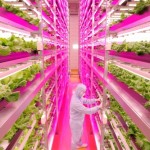
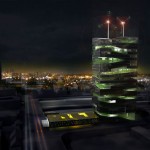
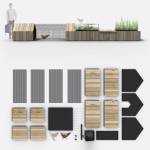





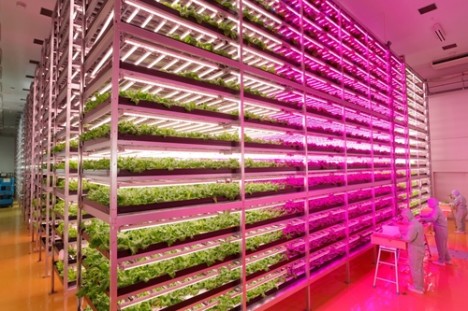




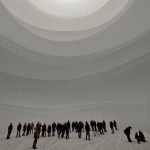

You must be logged in to post a comment.